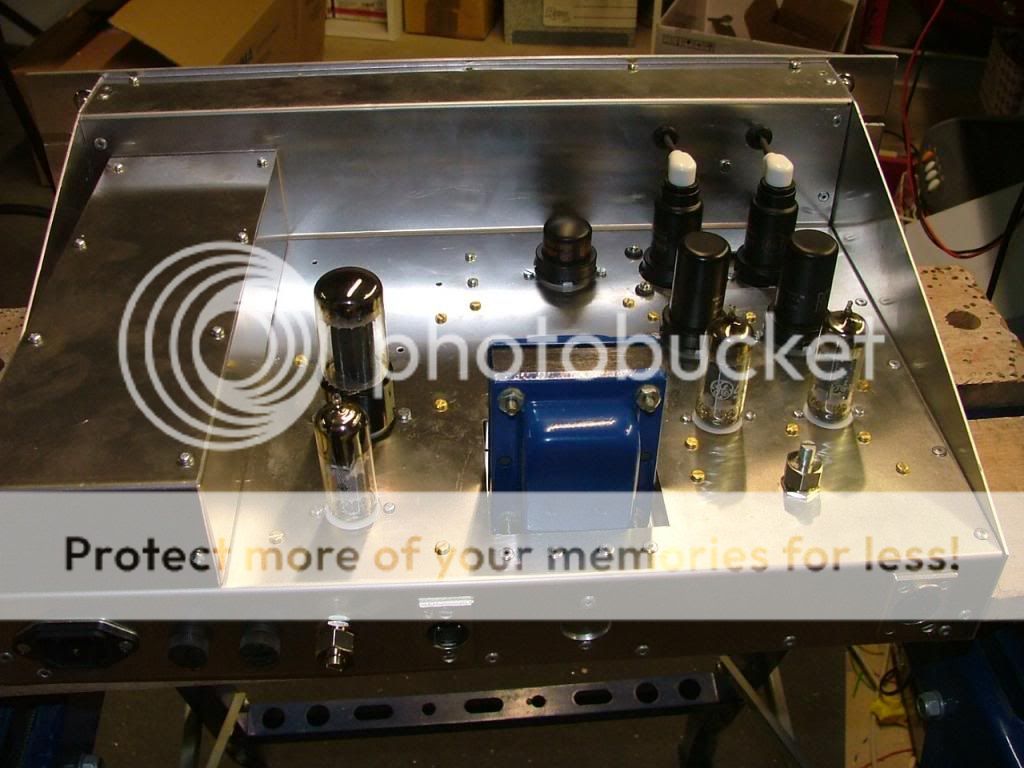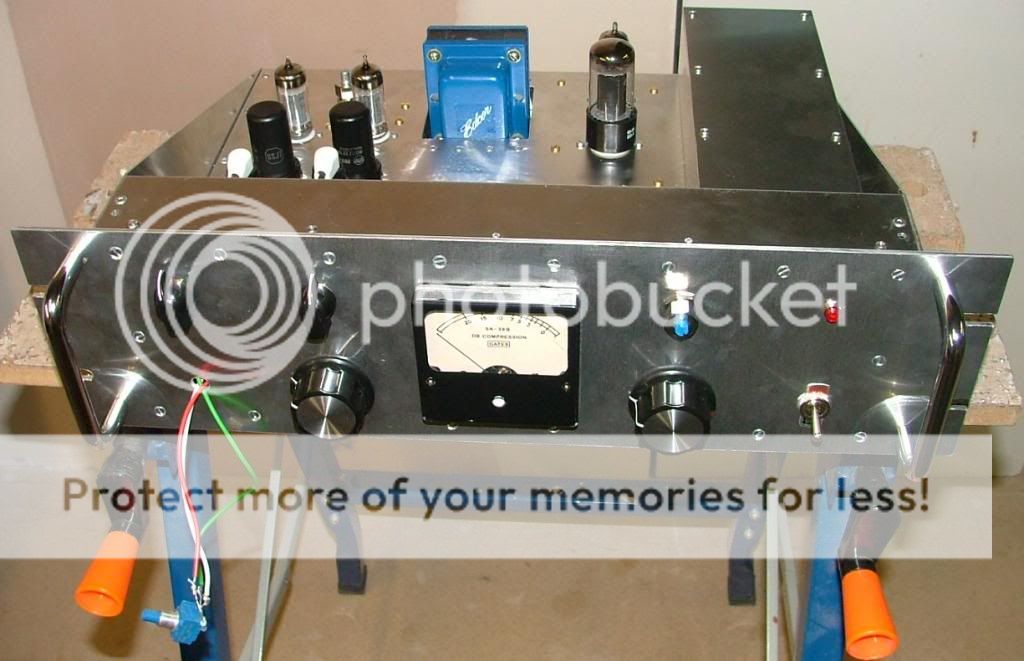It's been awhile!
I swapped the stepped input attenuator for a modern T on the primary side, which is the way the early SA-39's are set up. It works much better having continuously variable input, which also keeps the input transformer out of overload territory with modern high level signals. The later SA-39B attenuator on the secondary has the same overload problem in modern contexts, and many people add a fixed input pad.
I have also run the B+ up closer to max, and it seems to match overall headroom better than it's original point.
The threshold control runs both above and below the original, allowing you to overload the amplifier stage more greatly, or get a much softer/smushier sound with low thresholds. The release goes fast enough to get into distortion territory as well, several steps faster than an original. If you run lower threshold, slower attack, and moderate release, it begins to behave more like a Sta-Level type compressor.
I'm done, now it needs a new home!
I swapped the stepped input attenuator for a modern T on the primary side, which is the way the early SA-39's are set up. It works much better having continuously variable input, which also keeps the input transformer out of overload territory with modern high level signals. The later SA-39B attenuator on the secondary has the same overload problem in modern contexts, and many people add a fixed input pad.
I have also run the B+ up closer to max, and it seems to match overall headroom better than it's original point.
The threshold control runs both above and below the original, allowing you to overload the amplifier stage more greatly, or get a much softer/smushier sound with low thresholds. The release goes fast enough to get into distortion territory as well, several steps faster than an original. If you run lower threshold, slower attack, and moderate release, it begins to behave more like a Sta-Level type compressor.
I'm done, now it needs a new home!





